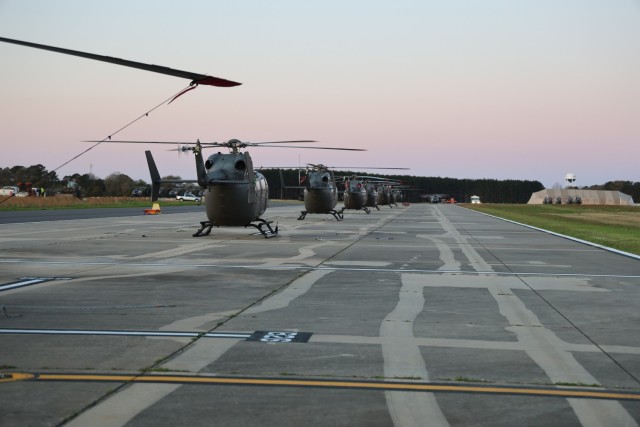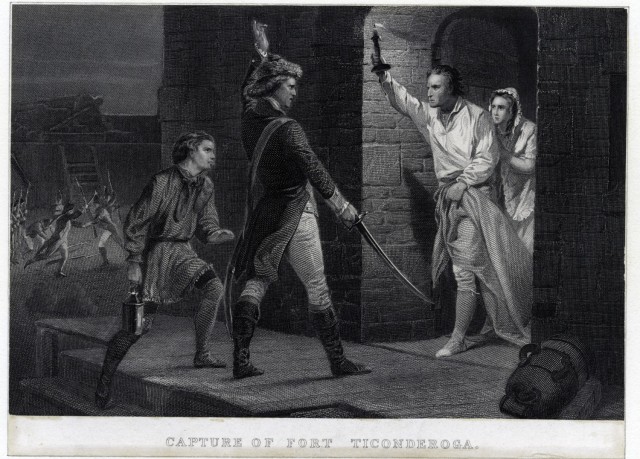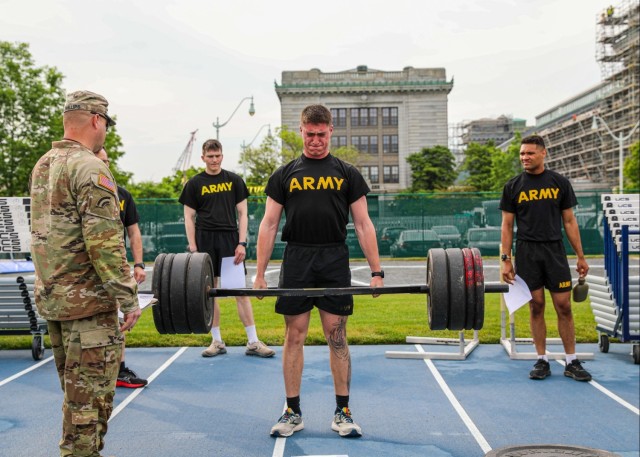U.S. Secretary of Defense Pete Hegseth, alongside Polish Deputy Prime Minister Wladyslaw Kosiniak-Kamysz, visited the Army Prepositioned Stocks-2 (APS-2) site in Powidz, Poland on February 15, 2025.
The visit highlighted the U.S. Army’s commitment to equipping its forces with cutting-edge technology and bolstering deterrence in Eastern Europe, particularly through the V Corps’ leading role in the “Transforming in Contact” (TiC) initiative.
During their visit, Secretary Hegseth and Deputy Prime Minister Kosiniak-Kamysz met with Soldiers from the 3rd Brigade Combat Team, 10th Mountain Division. The Soldiers showcased new military equipment recently tested during the Combined Resolve 25-1 exercise, emphasizing the impact of the TiC program. This initiative aims to provide Soldiers with the latest technology, allowing them to experiment and provide valuable feedback for shaping the future force.
VIEW ORIGINAL
WASHINGTON – Secretary of Defense Pete Hegseth sent out a memo to senior Pentagon leadership addressing Army transformation and acquisition reform April 30.
“The President gave us a clear mission: achieve Peace through Strength,” he said. “To achieve this, the United States Army must prioritize defending our homeland and deterring China in the Indo-Pacific region. Deterring war, and if required, winning on the rapidly evolving battlefield requires Soldiers who are physically and mentally resilient, rigorously trained, and equipped with the best technology available.”
To build a leaner, more lethal force, Hegseth said the Army must transform at an accelerated pace by divesting outdated, redundant, and inefficient programs, as well as restructuring headquarters and acquisition systems.
He said the Army must prioritize investments in accordance with the Administration’s strategy, ensuring existing resources are prioritized to improve long-range precision fires, air and missile defense including through the Golden Dome for America, cyber, electronic warfare, and counter-space capabilities.
“I am directing the Secretary of the Army to implement a comprehensive transformation strategy, streamline its force structure, eliminate wasteful spending, reform the acquisition process, modernize inefficient defense contracts, and overcome parochial interests to rebuild our Army, restore the warrior ethos, and re-establish deterrence,” he said.
Secretary of the Army Daniel P. Driscoll said the Army has learned during the conflict in Ukraine that the old way of doing war will no longer suffice during a Fox News interview today.
“President Trump and Secretary Hegseth have empowered the Army to make the hard decisions and hard changes to reallocate our dollars to best position our Soldiers to be the most lethal they can be,” he said. “These are hard decisions. These are legacy systems that have been around a long time.”
As the Army transforms to make a leaner more lethal force, it’s meeting its recruiting goals, said Chief of Staff of the Army Gen. Randy A. George.
“We’re up in every category, and we still have our biggest recruiting months ahead of us this summer,” George said. “We’re more than 90 percent right now. We want to fill our formations. We’re getting the people we need. People want to be a part of the Army, and we’re looking forward to filling our formations.”
“We hit our 12-month retention goal six months into the year because that’s how strong our leadership has been so far,” Driscoll said. “Soldiers are signing back up to stay in the Army.”
Future Warfare
Hegseth directed Driscoll to field long-range missiles capable of striking moving land and maritime targets and to achieve electromagnetic and air-littoral dominance by 2027.
He tasked the Army to field Unmanned Systems (UMS) and Ground/Air launched effects in every division by the end of 2026; and to improve counter-Unmanned Aerial Systems (UAS) mobility and affordability, integrating capabilities into maneuver platoons by 2026, and maneuver companies by 2027.

U.S. Soldiers assigned to various units pilot TS-800 drones during exercise Saber Junction 24 in the 7th Army Training Command’s (7ATC) Hohenfels Training Area, Germany, Sept. 6, 2024. Saber Junction is an annual exercise, conducted by 7ATC and its Joint Multinational Readiness Center, which is designed to assess the readiness of U.S. Army units to execute unified land operations in a joint, combined environment, and to promote interoperability with participating Allied and partner nations. (U.S. Army photo by Sgt. Christian Carrillo)
VIEW ORIGINAL
“We recently had an exercise with more than 200 drones in a brigade combat team. We’re watching what’s happening,” Driscoll said. “We know we need to change. The American Soldier is innovative. They are smart. They are hungry for change.”
The Secretary wants the Army to enable AI-driven command and control at theater, corps, and division headquarters by 2027. The Army needs to extend advanced manufacturing, including 3D printing and additive manufacturing, to operational units by 2026.
The Army will modernize the organic industrial base to generate the ammunition stockpiles necessary to sustain national defense during wartime by implementing 21st-century production capabilities, with full operational capability by 2028.
The Army will increase its forward presence in the Indo-Pacific by expanding pre-positioned stocks, rotational deployments, and exercises with allies and partners to enhance strategic access, basing, and overflight.
Eliminating Waste
To maximize efficiency, accelerate modernization, and pay for the Army transformation within existing resources, Hegseth said Driscoll will end the procurement of obsolete systems and cancel or scale back ineffective or redundant programs, including manned aircraft, excess ground vehicles and outdated Unmanned Aerial Vehicles (UAVs).
The Army will reduce spending on legacy sustainment, including outdated weapons systems and unnecessary climate-related initiatives, Hegseth said.
It will eliminate wasteful contracts and excess travel funding and reassess and optimize Army prepositioned stocks to align with strategic requirements. The Army will modernize language training programs to improve mission effectiveness.
Force Structure
To ensure strategic readiness, efficiency, and modernization, Hegseth said the Army will restructure at echelon. It will merge headquarters to generate combat power capable of synchronizing kinetic and non-kinetic fires, space-based capabilities, and unmanned systems.
The Army will downsize, consolidate, or close redundant headquarters. It will merge Army Futures Command and Training and Doctrine Command into one command.
“We’re cutting headquarters; we’re cutting some of the bloat and going after inefficiencies,” Driscoll said. “We’re completely focused on buying warfighting technologies.”

UH-72 Lakota helicopter hovers at Shell Army Heliport, Fort Novosel, AL during training.
VIEW ORIGINAL
The Army will reduce and restructure manned attack helicopter formations and augment with inexpensive drone swarms capable of overwhelming adversaries.
The Army will divest outdated formations, including select armor and aviation units across the Total Army (active, Reserve, National Guard). It will realign forces strategically to optimize deterrence and rapid deployment, above all to defend the American homeland and deter China in the Indo-Pacific.
As part of workforce modernization and reduction, the Army will prioritize merit and skills needed for today’s battlefield across the civilian workforce, Hegseth said.
He revised the civilian hiring and firing policies to enable the Army’s ability to manage the civilian workforce. The Army will reduce general officer positions to streamline command structures for the warfighter.
Acquisition Reform
To accelerate modernization and acquisition efficiency, Hegseth said Driscoll will identify and propose contract modifications for right to repair provisions where intellectual property constraints limit the Army’s ability to conduct maintenance and access to appropriate maintenance tools, software, and technical data while preserving the intellectual capital of the American industry. It will seek to include right to repair provisions in all existing and new contracts.
The Army will reform contracting processes to improve efficiency such as implementing performance-based contracting to reduce waste and expand multi-year procurement agreements when cost-effective.
This "Hegseth tasks Army to transform to leaner, more lethal force" was originally found on https://www.army.mil/rss/static/380.xml


